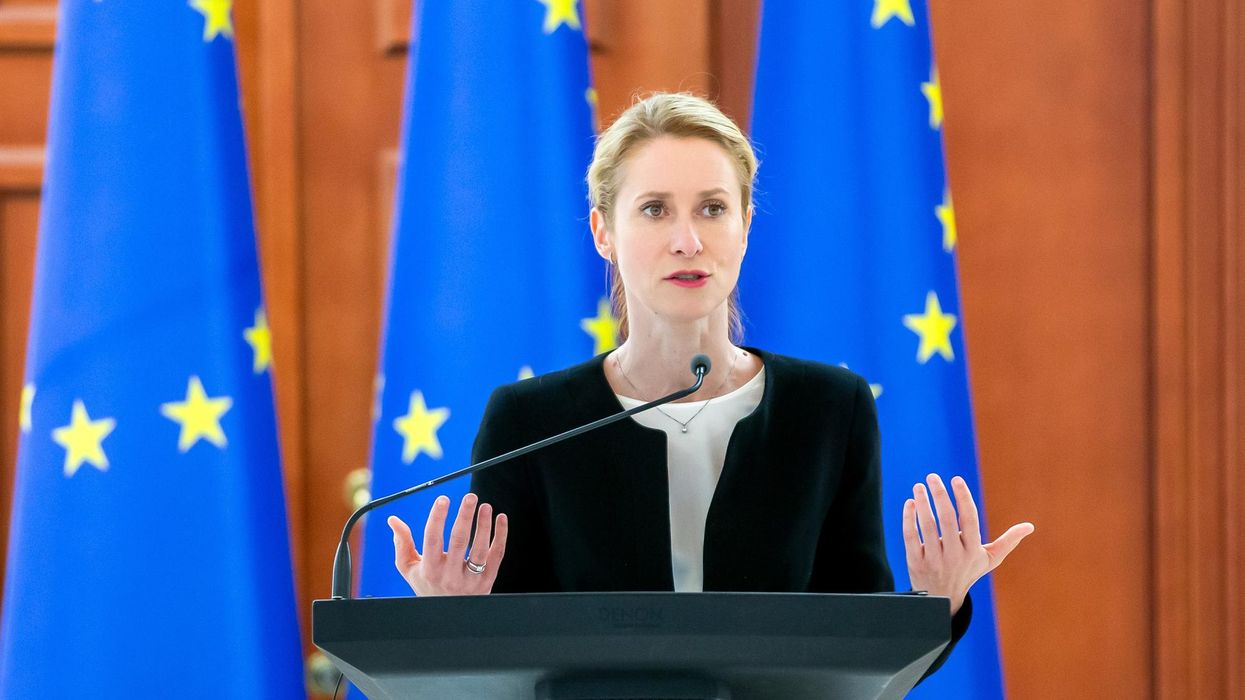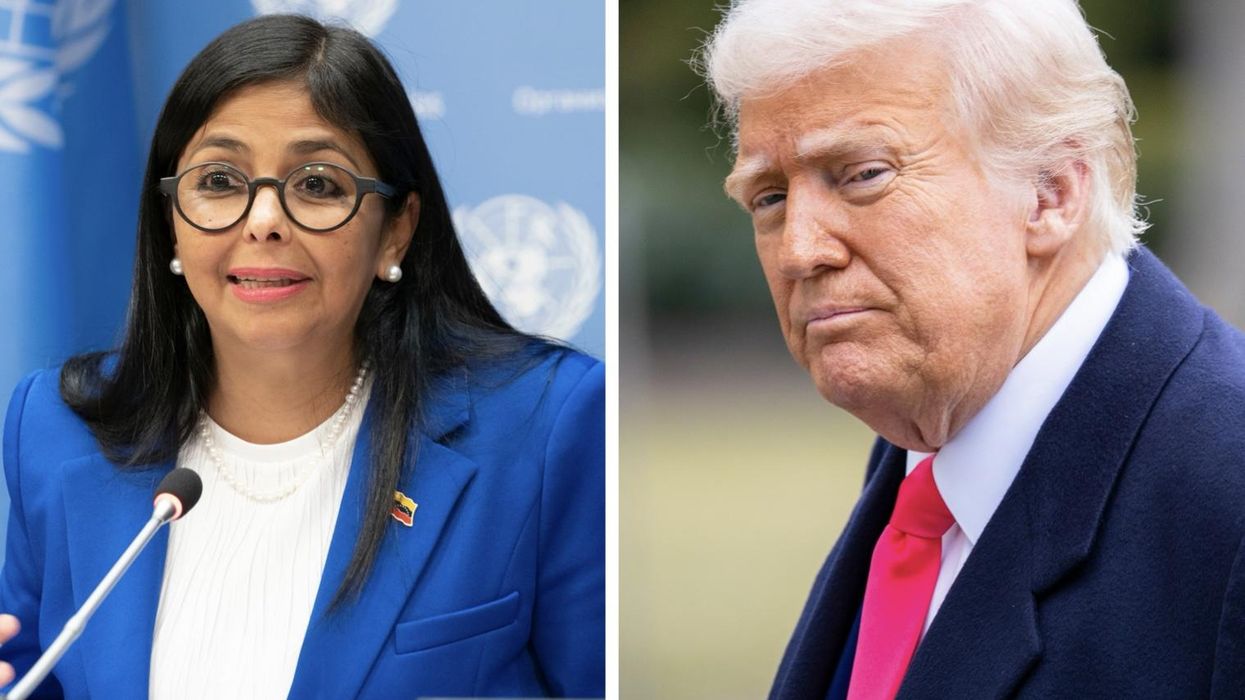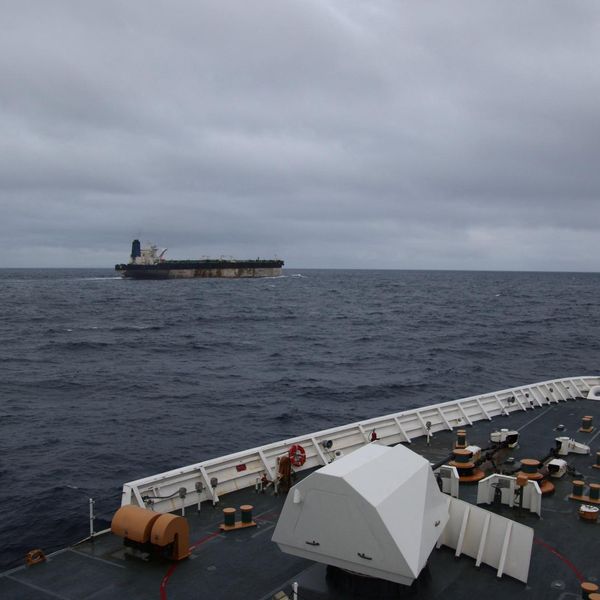President Biden’s recent summit to build a global campaign to "defend democracy and human rights at home and abroad” should have acknowledged America's own failures on both counts, starting with the four decades of U.S. support for authoritarian rulers in one of its closest military allies, South Korea. The recent deaths of two Koreans — strangers but inextricably linked through tragedy — provide the perfect opportunity for such a reckoning with our Cold War past.
On November 23, Chun Doo-hwan, South Korea's most notorious dictator, died at the age of 90. Chun came to power in a rolling coup that began on December 12, 1979, when he shot his way to control of the army, and culminated on May 18, 1980, when he deployed airborne special forces to crush a citizens’ uprising against martial law in the southwestern city of Gwangju. In the worst violence seen on the peninsula since the Korean War, the paratroopers — trained to fight a guerrilla war against North Korea — smashed unarmed citizens with clubs and rifle butts, stabbed them with bayonets, and stomped them to death.
On May 21, Chun's forces fired on massive crowds in the city square, killing 61 people. He even sent helicopters that fired on civilians. Altogether, hundreds died in what became known as the "Gwangju Massacre." With many bodies still buried in unmarked graves around the city, the death toll may never be known. After quelling the uprising, Chun consolidated his power and served as president until 1988.
But in a remarkable trial in 1996, Chun was tried and found guilty of mutiny and treason, serving two years in prison before he was pardoned. He never apologized for his crimes, and his lack of contrition was cited by President Moon Jae-in, a former dissident and human rights lawyer, as the reason Chun was not given a state funeral.
The same day that Chun died, Lee Gwang-yeong, a Gwangju survivor, took his own life at the age of 68. As a Buddhist monk in 1980, he witnessed Chun's paratroopers attacking Gwangju's demonstrators and helped many of the wounded. Then he himself was shot. Lee spent the rest of his life trying to hold Chun accountable, testifying before the Korean National Assembly and serving as a witness when Chun was tried again in 2019 for libeling a Catholic priest who witnessed the massacre. Until his suicide, he was haunted by Chun’s arrogant refusal to take responsibility.
We are two journalists, one Korean, the other American, and have spent much of our careers reporting on the events leading up to Gwangju as well as the dramatic days following the massacre, when a citizens militia drove Chun's paratroopers out of town and Gwangju's citizens held the city as a liberated zone. Led by a young, charismatic organizer named Yoon Sang-won, the fighters sought a negotiated truce with Chun's military and asked the U.S. ambassador, William Gleysteen, to intercede; on instructions from Washington, he refused. After the takeover by Army troops released from the joint command, hundreds of people were rounded up and thrown into military prisons.
Since the beginning, we have focused on the U.S. role in the uprising. We were the first to document the puzzling decision by the Carter administration to approve Chun’s plans, even before his coup and the uprising, to use military units against the huge pro-democracy demonstrations that rocked Korean cities in the spring of 1980. We broke the story that Carter's White House agreed at the height of the uprising to allow the U.S.-Korean Combined Forces Command to cooperate with Chun to retake the city. Now, with Chun gone, we believe the time is ripe for the U.S. government to admit that it was partly complicit in Chun's assault on the city and his rise to power.
Chun Doo-hwan emerged during a period of political unrest that climaxed on October 26, 1979, with the shocking assassination of the previous dictator, Park Chung-hee. Days before, then-Secretary of Defense Harold Brown had met with Park in Seoul to renew the Pentagon's ties with the Korean military after a decade of estrangement over human rights and the possibility of U.S. troop withdrawals. As tensions grew over the spring of 1980, the Carter administration viewed the deep political divide over the pace of democratization as a threat to regional security. In a signal to North Korea, it sent an aircraft carrier to the peninsula. And it desperately sought to convince Chun and the interim government of Choi Kyu-ha to make reforms so South Korea could avoid the fate of Iran, another strategic U.S. ally that had just thrown out its rulers.
But Chun had other ideas. After seizing control of the government on the night of May 17, 1980, his martial law group closed the National Assembly, banned all political activities, and established a National Security Emergency Committee to run the country. His security forces detained 2,699 people, including students, politicians, and opposition leaders. Among them was Kim Dae Jung, the famous dissident leader and later president who came from the Gwangju area. Kim’s arrest sparked deep anger in the city and was a key factor in the uprising against Chun.
Four months later, in September 1980, Chun became South Korea’s eleventh president. Then, in February 1981, President Reagan welcomed the dictator to the White House as the first foreign head of state to visit Washington after his inauguration. Chun's iron-fisted rule ended in 1987 when he was pushed out by a massive display of people power in the streets. In 2020, under President Moon, the South Korean military publicly apologized for the grievous harm it caused to the nation and the citizens of Gwangju.
But America bears responsibility as well. In our reporting over the past 40 years, we found that the United States was aware of key details about the massacre on May 21st. Yet, the Carter administration decided at a high level White House meeting on May 22, only 36 hours later, to approve further use of force by its Korean military allies to retake the city. The U.S. position, we found in the declassified minutes of the meeting, was summarized by then-national security adviser Zbigniew Brzezinski: "in the short-term support, in the longer-term pressure for political evolution." That never came, of course.
In 2017, we discovered another memo written during the May 22 meeting by Nicholas Platt, a former top Pentagon official then serving on the NSC. In his verbatim account, Platt cited Brown, Carter's Secretary of Defense, as telling the NSC that “Koreans will go with who’s winning, If he[Chun Doo-hwan] was in the Blue House, we will have to accept him.” In a press conference in June, 1980, President Carter dismissed criticism of his policies, arguing that “maintenance of a nation's security from communist subversion or aggression is a prerequisite to the honoring of human rights.” But that was false: as we know now, the U.S. government knowingly supported Chun's military crackdown on a pro-democracy uprising. Even the Central Intelligence Agency has admitted this.
In November 1987, in a recently discovered top-secret report, the CIA observed that "many senior officers" in the Korean military wanted Chun out as “the only way for the military to remove the taint of Kwangju and regain public trust." In the city itself, the CIA emphasized, "most citizens remain bitter towards the government and the military, as well as the United States, because Chun used troops from the 20th Division, which is under the Combined Forces Command.” That report undoubtedly helped convince Reagan to pressure Chun to step down, as he did in 1988.
How could reconciliation come about? In addition to a formal apology, any hope for a true understanding with the Korean people hinges upon the U.S. government’s willingness to release critical records about the incident, including who in the chain of command was responsible for the violence against Gwangju’s civilians after May 18 and the mass shooting of civilians on May 21. These records are critical because the U.S. general in command of all U.S. forces in Korea had operational control over the Korean Army in 1980. It is highly likely that a Korean decision to use lethal force in a domestic situation would have been known, at some level, to U.S. military leaders and American intelligence.
Other important documents might include records held by the U.S. Air Force at Gwangju Air Base, where all Americans in Gwangju were instructed to gather when the U.S. Embassy ordered them to evacuate. The USAF might also have records of aircraft flying over and to Gwangju at the time. The Pentagon could also release its records about the special communications channel established on May 22, 1980, between Chun and U.S. General John Vessey, the former commander of U.S. Forces Korea who in 1980 was the deputy chief of staff of the US Army and later served as Chairman of the Joint Chiefs of Staff.
The release of such records related to Gwangju will provide victims, survivors, and their families some clarity around the senseless violence they still reckon with today. There is precedent for this. In 2016, President Obama announced that the United States would begin a concerted effort to uncover records of the human rights abuses condoned by the U.S. government during Argentina’s Dirty War in the 1970s. President Biden now has an opportunity to set the record straight. Such a gesture might also assuage the soul of Lee Gwang-yeong, who regretted until his last day the absence of national reconciliation. “I have found relief by burying my sadness,” he wrote just before he became the 46th Gwangju survivor to die by suicide.
The time has come to lift Lee's agony and uncover the full truth behind one of the saddest episodes in America's long history of military intervention in Korea.
















